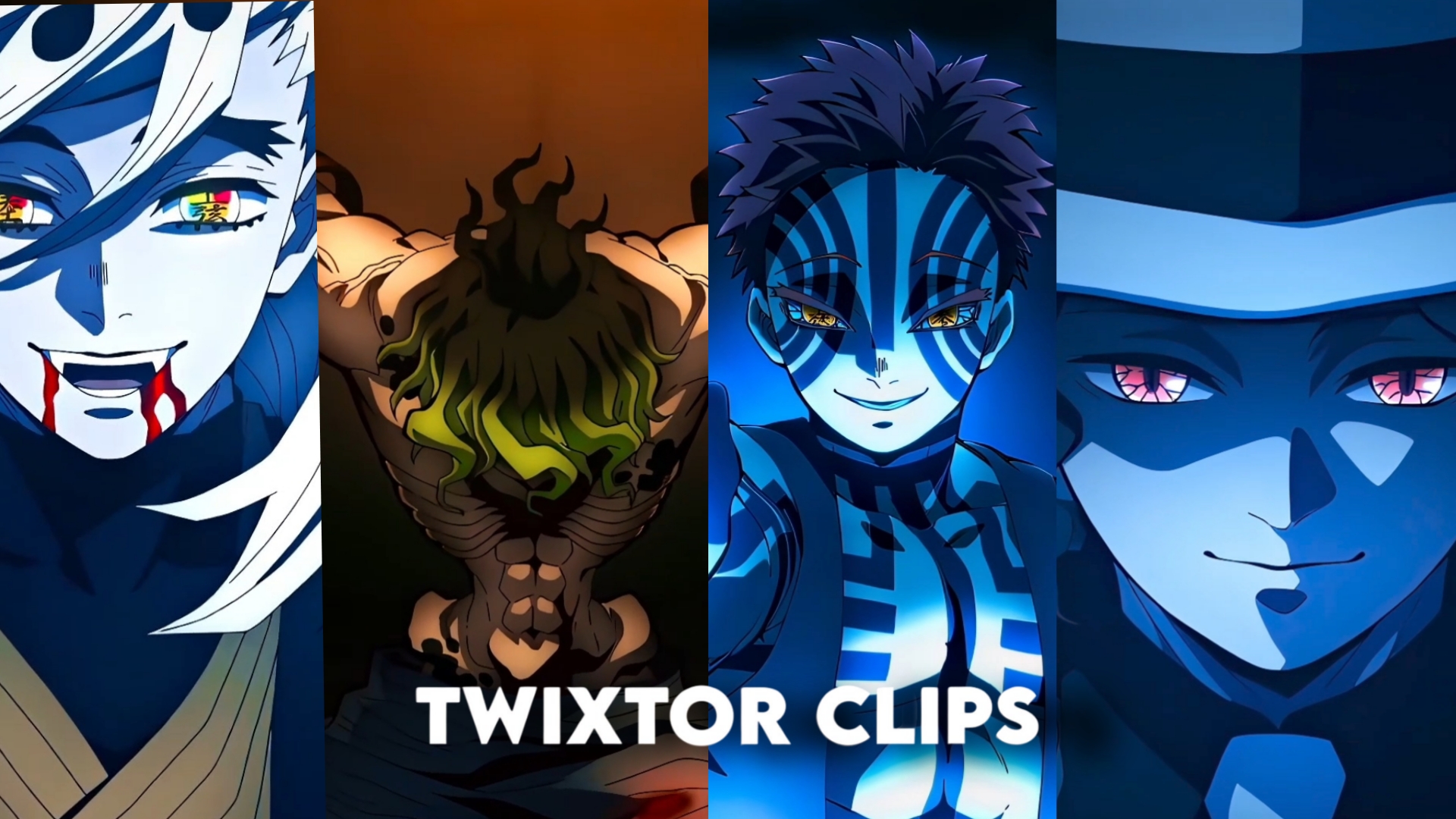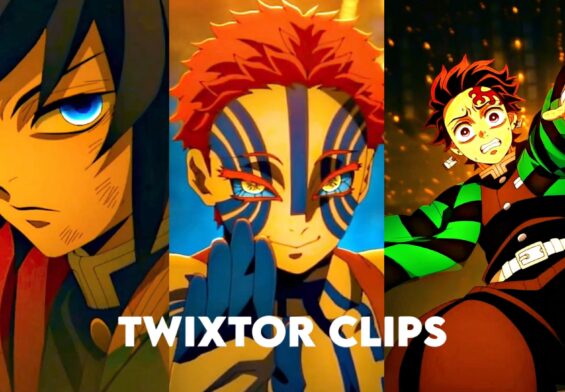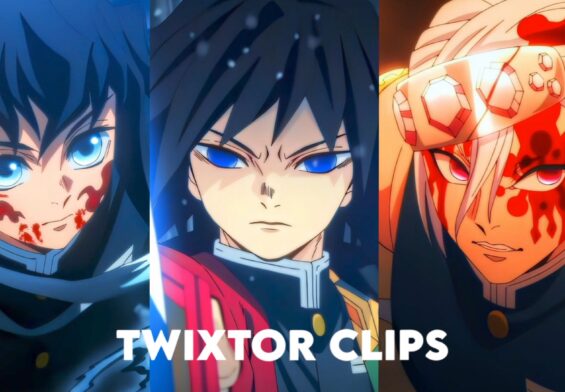♦ANIME WORLD TWIXTOR CLIPS♦
Download Movies Twixtor for Edits : https://moviestwixtor.com/movies-twixtor/
Download Series Twixtor For Edits : https://moviestwixtor.com/movies-clips/
Download Anime Twixtor for Edits : https://animeworldtwixtor.com/
Subscribe to Youtube Channel For More Clips & Twixtors : YOUTUBE
Text Me on Instagram To Request Twixtor / Clips / Promotion : RDJ EDITS / ANIMEWORLD
Demon Twixtor Clips
In the world of Demon Slayer: Kimetsu no Yaiba, demons are central antagonists—supernatural beings that feed on humans and possess immense strength, speed, and regenerative abilities. Though terrifying enemies, they are also tragic figures, often shaped by deep human suffering and despair before their transformation. Demon Twixtor Clips Demon Twixtor Clips Demon Twixtor Clips Demon Twixtor Clips Demon Twixtor Clips Demon Twixtor Clips Demon Twixtor Clips Demon Twixtor Clips
Origins and Creation
All demons originate from a single source: Muzan Kibutsuji, the first and most powerful demon. Over a thousand years old, Muzan created other demons by injecting his blood into human hosts. The amount and compatibility of his blood determine whether the recipient will survive, die, or transform into a demon. This process links every demon back to Muzan; he can control or even kill them remotely if they betray him.
Demons are not born but made—usually from humans who are in a state of desperation, fear, or deep emotional turmoil. Many were sick, impoverished, or abused in their human lives. Muzan exploits this vulnerability to expand his army.
Powers and Abilities
Once transformed, demons gain supernatural traits, including:
- Regeneration: Their most defining trait. Severed limbs, destroyed organs, or massive injuries can heal almost instantly. Only sunlight or special weapons can permanently kill them.
- Enhanced Strength and Speed: Even the weakest demon can overpower multiple humans. Stronger demons can fight on par with the best Demon Slayers.
- Demonic Blood Arts (Kekkei Genkai): These are unique magical powers granted by Muzan’s blood, reflecting the demon’s personality or past. Examples include manipulating flesh, summoning illusions, or launching elemental attacks.
- Immortality: Demons do not age or die of natural causes, unless they’re killed by sunlight or Nichirin swords (special blades infused with sunlight energy).
Some demons, particularly those in the Twelve Kizuki (Muzan’s elite), possess incredible power and unique Blood Demon Arts. The Twelve Kizuki are split into Lower and Upper Ranks, with the Upper Ranks being overwhelmingly powerful. These demons serve as the primary antagonists in the series.
Weaknesses
Despite their strength, demons have notable vulnerabilities:
- Sunlight: Exposure instantly incinerates them.
- Nichirin Blades: Special swords used by Demon Slayers, capable of decapitating and killing demons.
- Wisteria Flowers: Toxic to demons and used to trap or deter them.
- Demon Slayer Marks and Breathing Techniques: Elite Slayers use specialized breathing styles to enhance physical abilities, allowing them to fight on equal footing with demons.
Tragic Nature
One of the series’ most compelling aspects is the humanization of demons. Almost every demon was once a person, and flashbacks often reveal their traumatic backstories—abuse, neglect, illness, or loss—that led to their fall. These segments offer sympathy and depth, highlighting that demons are not born evil but were shaped by pain and despair.
For instance:
- Rui, a Lower Rank demon, longed for family after a lonely childhood.
- Akaza, an Upper Rank demon, turned to darkness after losing his loved ones and feeling powerless.
- Even Daki and Gyutaro, feared siblings, were shaped by poverty and betrayal in a cruel world.
Tanjiro Kamado, the protagonist, recognizes this tragic duality. Though he must kill demons to protect others, he often shows them kindness in their final moments, praying for their peace in the afterlife.
Narrative Purpose
Demons in Demon Slayer serve multiple functions. They are terrifying monsters, but also reflections of human suffering. They represent what happens when people are pushed beyond their limits, consumed by grief, rage, or despair. The struggle against demons symbolizes the battle between hope and hopelessness, humanity and monstrosity.



